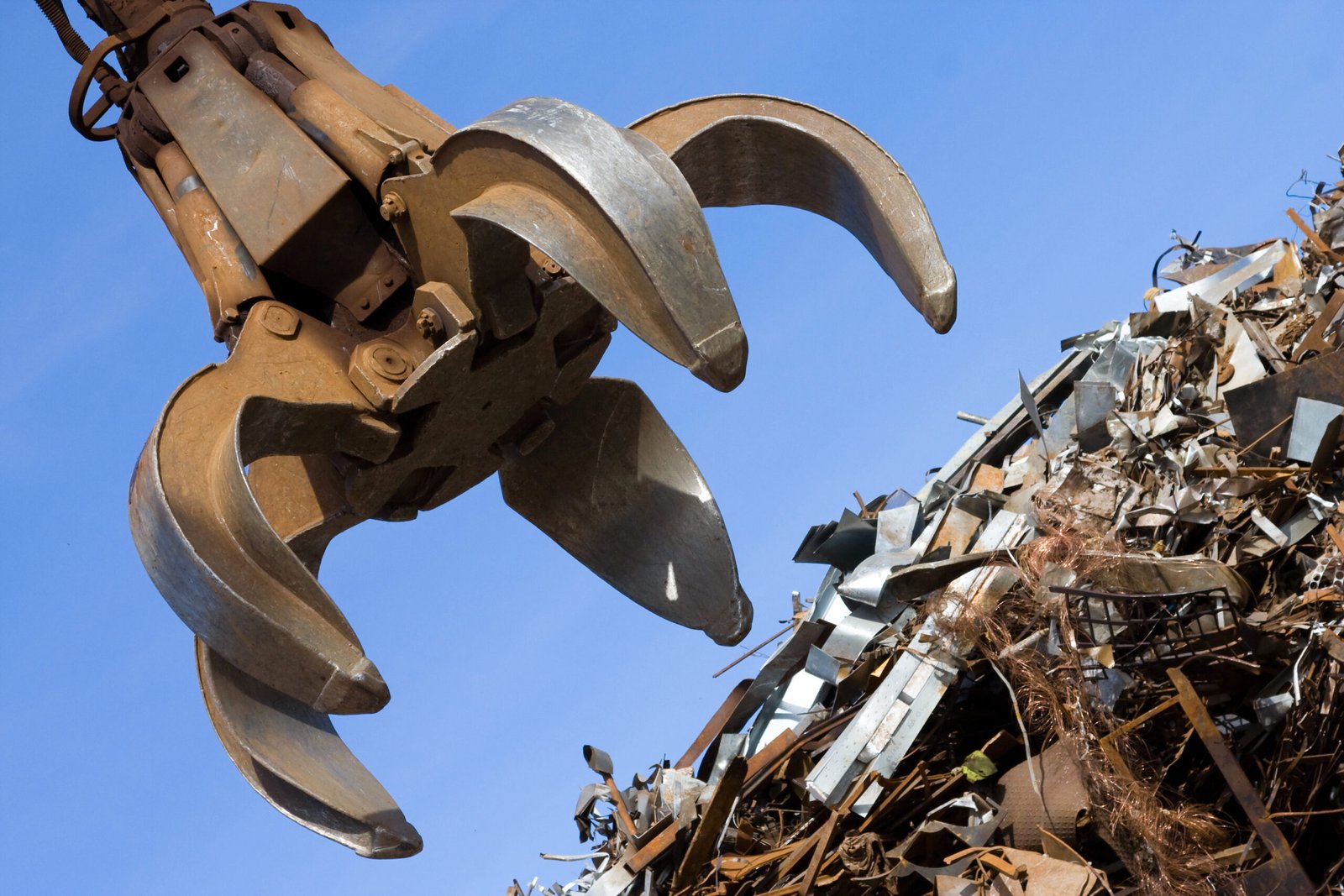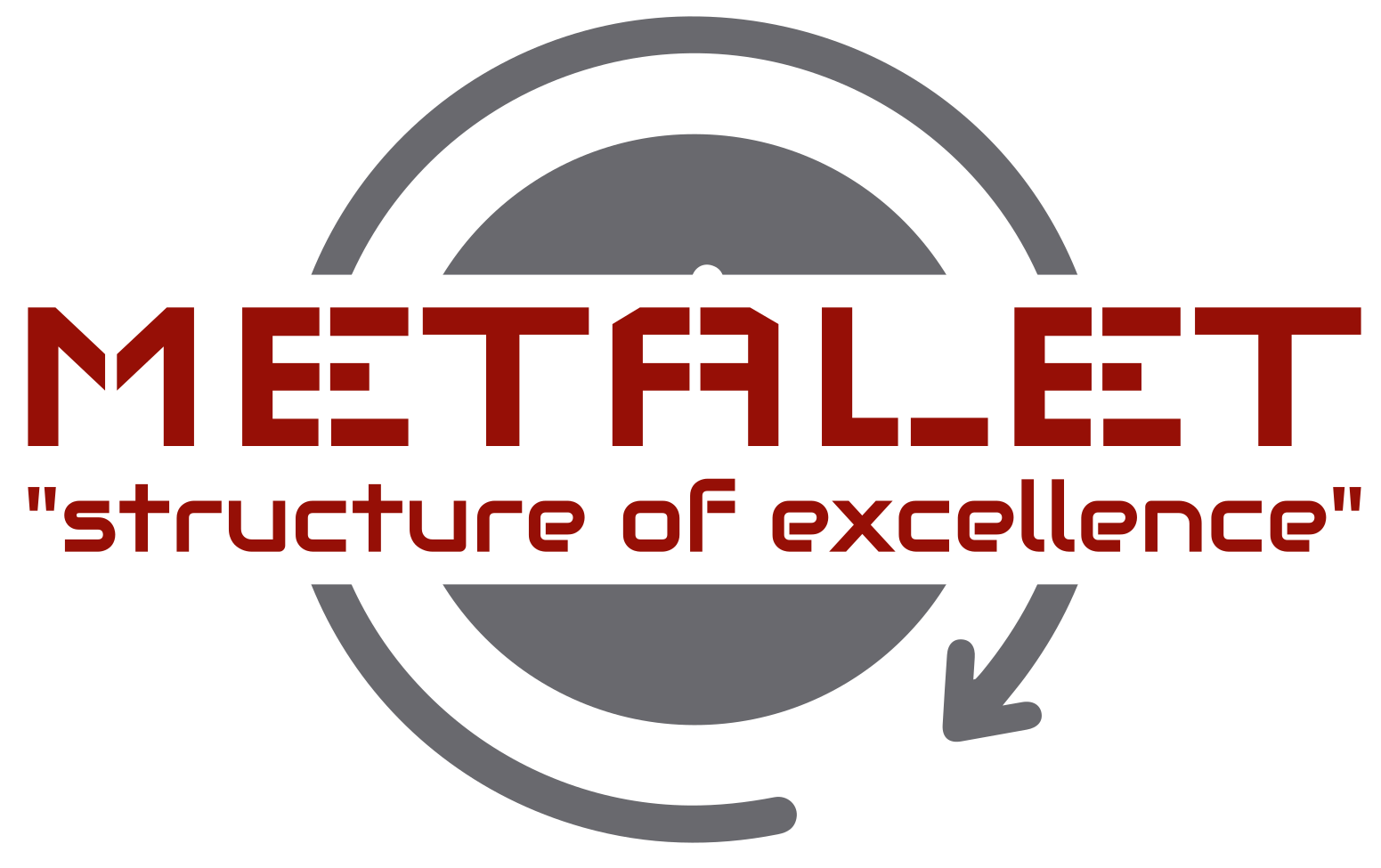
IMPACT OF INFLATION AND METAL PRICES IN INDIA
Inflation is a raging topic today across the world. Not a day passes without dire warnings of surging inflation. Last year, it was reported that the U.S. Consumer Price Index grew 6.8% year-on-year while the Eurozone inflation rose to a record 4.9%.
According to Pew Research, more than three-quarters of countries had higher inflation in the third quarter of 2021 when compared to the inflation rate in 2019.
With Russia-Ukraine war continuing to rage on in 2022 with no end in sight, inflation does not seem to show any signs of cooling down.
What impact will inflation have on metal prices?
Post-COVID saw a surge in rising demand for certain metals globally. This was primarily driven by two factors. Firstly, the upward price movement for bulk commodities and base metals in December, 2021 and January, 2022 which was fuelled by tight supply fundamentals during a period of rising demand for metals across the globe. Economies around the world were attempting to get back to pre-pandemic levels.
Secondly, there was a surge in clean energy infrastructure projects which in turn was met by controlled investment in mining and extraction capacity fuelled by continual focus on environmental, social, and governance commitments.
Many believed that the early weeks of 2022 set metal markets on course for another strong year, even though market analysts predicted that a downslide in upstream mining investments and a persisting inflation could slow down long-term metals outlook. Moreover demand for metals strongly correlates with the performance of the world economies especially the major ones which did not show any signs of improvement in the 1ST quarter of 2022.
CORRECTION IN METAL PRICES
Certain events in the first half of 2022 led to a correction in global metal prices, particularly aluminum and steel.
- Global market could not absorb the rise in global metal prices following the outbreak of Russia-Ukraine crisis.
- Deceleration of China’s economy, the biggest consumer and producer of all major metals, fuelled by strict COVID curbs
- Tightening of monetary policy by the Eurozone Central Bank. The rising heat of the Russia-Ukraine war compelled the Central Bank to tighten the monetary policy to control all-time high prices for goods and services.
- U.S. battling a near 40-high inflation. This is likely to compel the U.S. Fed to raise interest rates further through 2022.
According to CRISIL Research, both domestic and global prices across most base metals have undergone a rectification course from March-April, 2022, peaks, with the rectifications greater in the non-ferrous category.
WHAT THE FUTURE HOLDS?
FEAR OF STAGFLATION
Metal prices are sensitive to the same kind of economic factors that influence the overall inflation rate. They generally thrive in a low-interest rate and moderate inflationary environment.
However, continual and excessive inflation rate can impact metal prices. This in turn will threaten the underlying economic growth and financial stability leading to what the economists call as ‘stagflation’. The looming threat of stagflation will compel policymakers to tighten fiscal or monetary policy earlier than anticipated which will badly derail economic growth.
INFLATION & DEMAND EXPECTATIONS
Inflation and demand expectations play a critical role in metal prices. If the market feels that inflation is here to stay and will continue through 2022; and demand for metals especially in top metal consumer China will not be impacted in any manner then metals prices will continue to maintain a higher trajectory.
Currently, that does not seem to be the case. Demand in China for metals has been badly hit by construction and power production issues and the forecast that it could be in for a period of low and slow growth longer than expected.
These likely indications and the fear that inflation could continue to impact and trump demand for metals are greatly reducing the confidence of investors in metals. Then there is the fear of supply scarcity which could likely benefit those holding either ETFs or metals position. But that could change as the U.S. Fed moved in early in March, 2022 to end QE tapering and likely to enhance interest rates from Quarter 2 onwards.
Overall, the forecasts for metal prices in 2022 will heavily depend on how much of funding will come through for new and expanded mining projects essential for catering to increasing demand for metals.
INDIAN SCENARIO
Like other nations around the world, India too felt the heat of rising inflation. Along with rising interest rates and export duties on metals, it badly hammered the metal stocks.
- Russia-Ukraine war. Metal prices showed a strong rally up to the beginning of April, 2022, spurred by the Russia-Ukraine war. However, since then the metal prices have cooled off and come under continual pressure mounted by a slowdown in China and COVID-related lockdowns. The downslide was reflected in the Nifty index which came down about 33 percent to settle at 4,540.9 on June 20th, 2022, from a 52-week high of 6,825.65. As on date, Nifty Metal is said to near its lowest level since April, 2021.
- Central banks around the world including India raised interest rates to curb inflationary pressures. Aside from this, there was a cool-off in the metals index commentaries and policy rate action by central banks in India and other major economies. This in turn tempered down the metal prices in India.
- Projected economic slowdown triggered the assumption of a downslide in economic activities which in turn could trigger a likely fall in demand for metals thereby fuelling a decline in metal prices.
- Imposition of export duty by the Government of India from 22nd May, 2022, on various metals. 50 percent export duty was imposed on all grades of iron ore, 45 percent on pellets, and 15 percent on non-alloy steel barring part of semi-finished steel.
The fall in metal prices has been particularly noticeable in ferrous metals like steel which saw a significant price correction across all grades within a week, mainly triggered by the imposition of export duty.

